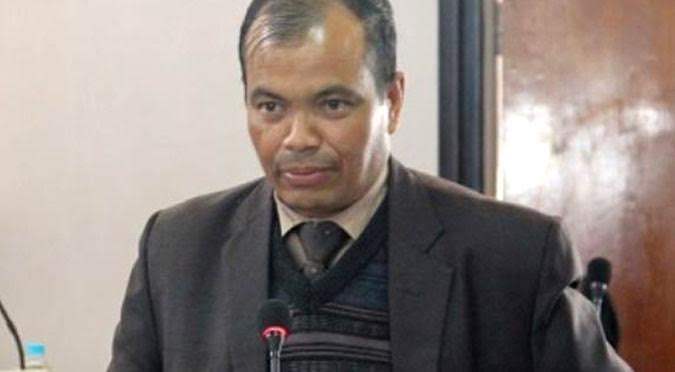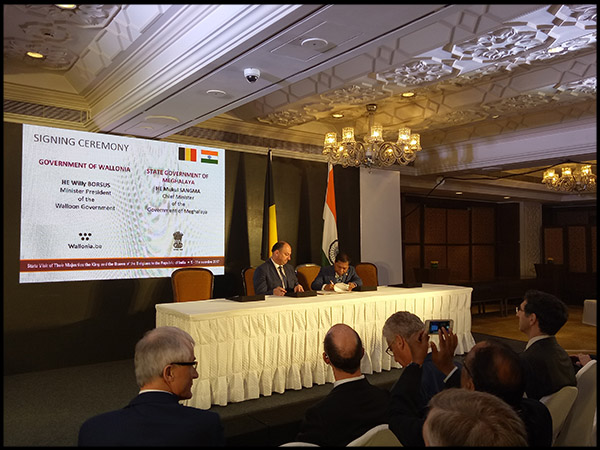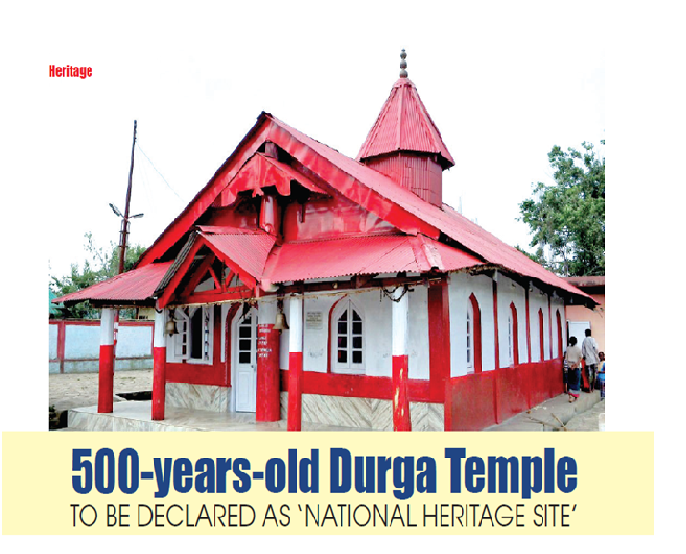- Parent Category: 2017
- Hits: 16603
KHADC to seek MHA clarification on VAB

The Khasi Hills Autonomous District Council (KHADC) has decided to refer the pending KHAD (Village Administration) Bill 2015 to the Ministry of Home Affairs (MHA). This decision was taken during an Executive Committee meeting of the ruling People Democratic Forum (PDF).
Speaking to the reporters KHADC Chief Executive Member P.N. Syiem said that the follow up is either by sending a representation to the MHA or by setting a delegation of MDCs along with officials who will visit New Delhi to seek clarification on the status of the VAB. In a nutshell the KHAD (Village Administration) Bill 2015 was passed by the KHADC to empower the traditional institutions and their heads within the jurisdiction of the Council which was pending for over two years.
Add a comment





